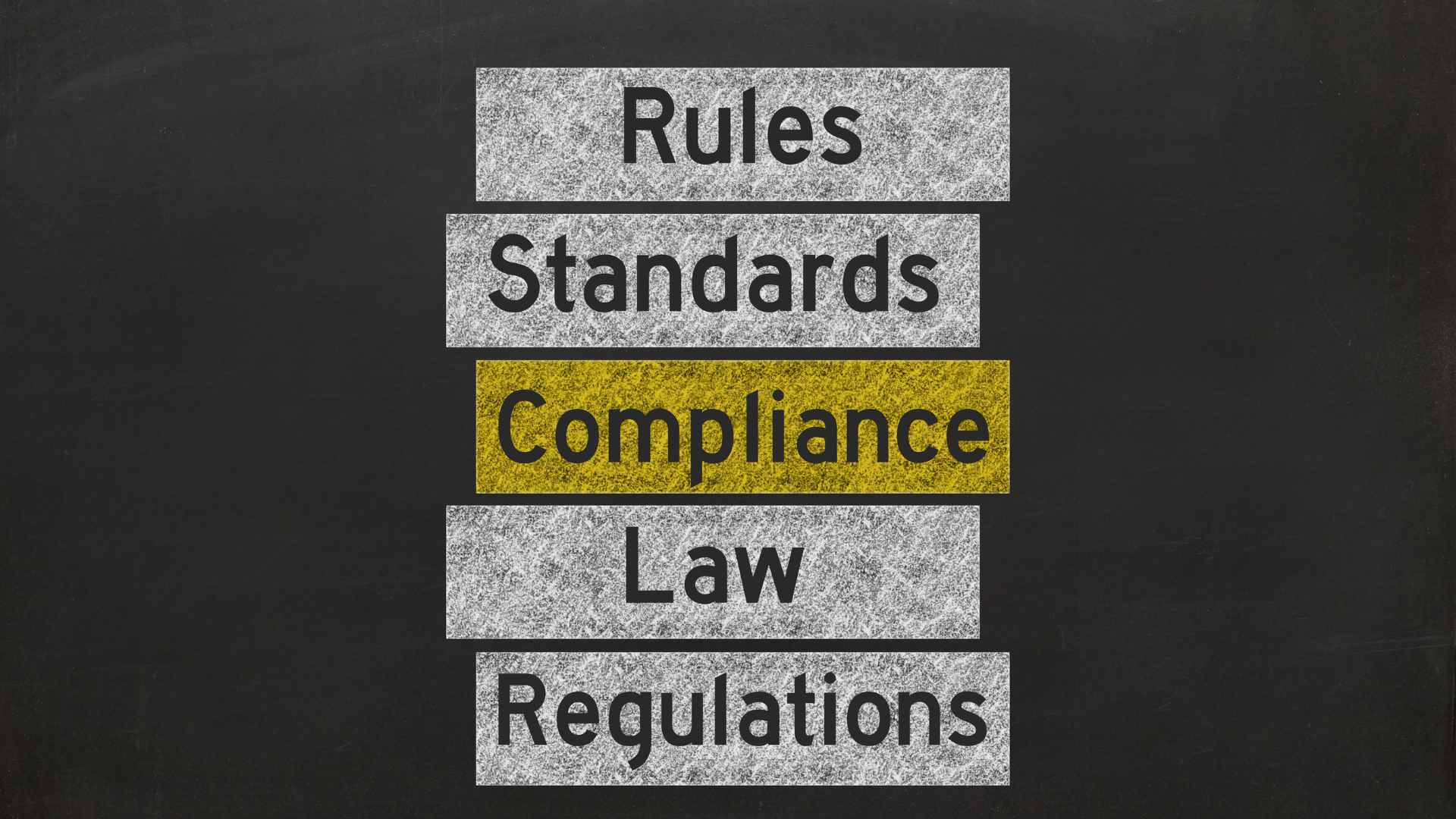VIEW BY TOPIC
- Finding Customers
- Business Systems
- Managing Employees
- Leadership
- Managing Money
Related Posts

Ready to Grow Your Business Fast?
Here’s How I Grew Five Businesses, and Eventually Sold One to a Fortune 500 Company.

Organizations recognize the significance of building inclusive leadership practices in today’s globalized and diverse world. This article will explore the importance of building inclusive leadership practices and provide strategies for cultivating inclusivity in leadership. By embracing inclusive leadership, organizations can drive innovation, enhance employee engagement, and foster a sense of belonging among their workforce. Additionally, incorporating a leadership development program focused on building inclusive leadership practices can further support organizations in creating diverse and equitable environments.
Embracing Diversity and Equality
Inclusive leadership involves embracing diversity and creating an environment where every individual’s voice is heard, regardless of background, identity, or perspective. Inclusive leaders understand the value of diverse teams and actively seek different viewpoints, experiences, and ideas. They promote equality by ensuring all individuals have equal growth, development, and advancement opportunities. Inclusive leaders recognize and address biases and systemic barriers that hinder inclusivity, fostering a culture of respect, equity, and fairness.
Driving Innovation and Engagement

Building inclusive leadership practices brings numerous benefits to organizations. Firstly, it drives innovation. When leaders create an inclusive culture where individuals feel comfortable sharing their unique insights and perspectives, it sparks creativity and encourages diverse problem-solving approaches. Inclusive leaders cultivate an environment where diverse talents are recognized, generating fresh ideas and creative solutions. Secondly, inclusive leadership enhances employee engagement. Employees who feel valued, respected, and included are usually more likely to be motivated, productive, and committed to the organization’s goals. Inclusive leaders build trust and foster a sense of belonging, leading to higher employee satisfaction and loyalty.
Strategies for Cultivating Inclusive Leadership Practices
Cultivating inclusive leadership requires intentional strategies and initiatives. Leaders in organizations can receive diversity and inclusion training to gain the necessary knowledge and skills to effectively handle challenges related to diversity, address biases, and foster a welcoming and inclusive workplace environment. Training programs can cover unconscious bias, cultural competence, inclusive communication, and equitable decision-making. By developing leaders’ awareness and understanding of diversity and inclusion issues, organizations lay the foundation for building inclusive leadership practices. Continuous learning and development opportunities ensure leaders stay updated on best practices and emerging trends in fostering inclusivity.
Creating an Inclusive Communication Style
Effective communication is a fundamental aspect of inclusive leadership. Inclusive leaders adopt an open and inclusive communication style, actively listening to their team members’ perspectives and showing empathy toward their experiences. They create a safe space for individuals to voice their ideas, concerns, and feedback. Inclusive leaders ask open-ended questions, seek to understand different viewpoints and encourage respectful dialogue. Leaders promote transparency, trust, and collaboration within the organization by fostering open communication channels.
Empowering Employee Resource Groups
Employee Resource Groups (ERGs) are crucial in fostering inclusivity within organizations. Inclusive leaders actively support and empower ERGs by recognizing their importance and providing them with resources and opportunities to contribute. They involve ERGs in decision-making processes, seek their input on diversity and inclusion initiatives, and leverage their expertise to inform organizational strategies. By valuing and supporting ERGs, leaders send a powerful message of inclusivity, creating a sense of belonging and community among underrepresented employees.
Addressing Bias and Promoting Equity
Inclusive leaders understand the impact of biases on decision-making and are committed to addressing them. They promote equity by ensuring fair and unbiased hiring, promotion, and recognition processes. Inclusive leaders undergo bias awareness training to recognize and challenge their own biases and encourage others to do the same. They create an environment where individuals feel safe reporting bias incidents and take action to rectify any inequities. By addressing bias and promoting equal opportunities, leaders make a more inclusive and equitable workplace where all individuals can thrive.
Establishing Inclusive Hiring Practices

Inclusive leadership fosters inclusivity within existing teams and ensures that the organization’s hiring practices are inclusive. Organizations should establish inclusive hiring practices that focus on attracting and selecting diverse candidates. This can include reviewing job descriptions for biased language, implementing diverse interview panels, and providing unconscious bias training to hiring managers. By adopting inclusive hiring practices, organizations can build a more diverse workforce from the start and further support their inclusive leadership initiatives.
Continuous Evaluation and Improvement
Building inclusive leadership practices is an ongoing process that requires continuous evaluation and improvement. Companies must regularly assess the effectiveness of their inclusive leadership initiatives and programs. This can involve collecting employee feedback, conducting surveys, and analyzing diversity metrics. By identifying areas for improvement, organizations can refine their strategies, address gaps, and ensure that their efforts to build inclusive leadership practices align with the evolving needs of their workforce and the broader societal context. Continuous evaluation and improvement are vital to sustaining an inclusive culture and fostering long-term success.
Conclusion on Leadership Practices
Building inclusive leadership practices is critical for organizations that foster diversity, equity, and belonging. Inclusive leaders embrace diversity, equality, and open communication to drive innovation, enhance employee engagement, and create a sense of belonging. Organizations can cultivate inclusive leadership practices by implementing strategies such as training and development, fostering inclusive communication styles, empowering Employee Resource Groups, addressing biases, and incorporating a leadership development program. By prioritizing inclusivity, leaders inspire their teams, promote organizational success, and contribute to a more equitable and inclusive society. Building inclusive leadership practices is a moral imperative and a strategic advantage that organizations should prioritize to thrive in today’s diverse and interconnected world.














